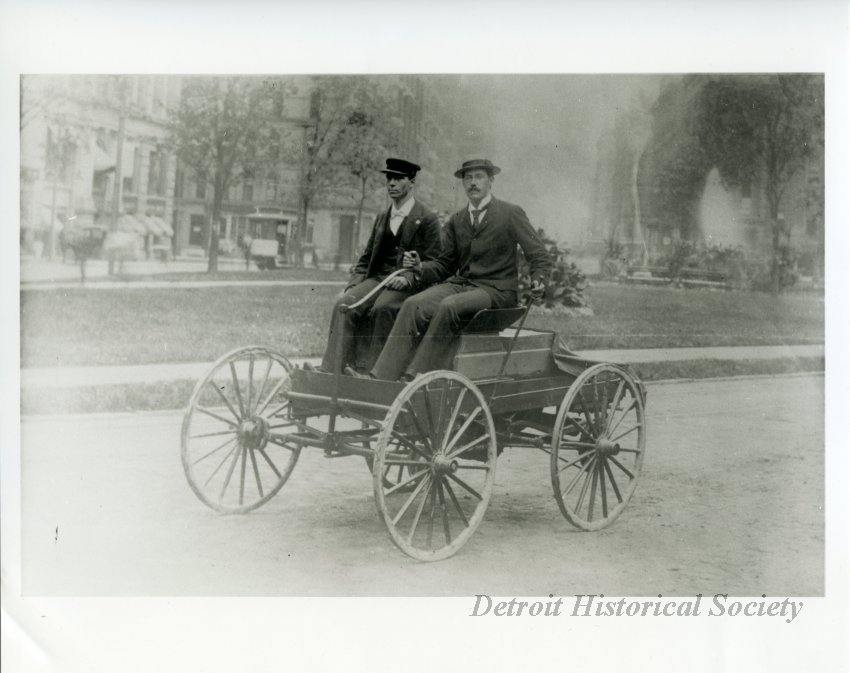Oliver Edward Barthel was a mechanical engineer known for his revolutionary contributions to the automobile industry in Detroit. He was born on October 3, 1877 to Albrecht Edward and Elizabeth Harter Barthel, both German immigrants. He received both private and public education, including instruction in mechanical engineering, until he was 16 years old, when his education was cut short by the death of his father. He worked as a draftsman for the Frontier Iron Works of Detroit but was soon fired due to his lack of experience.
Barthel’s dismissal opened up new opportunities for him. In 1895 he was hired as a draftsman and assistant by Charles Brady King, an engineer working on developing a gasoline engine. Together, they developed an engine that consisted of a four-cylinder block motor, bevel-drive rear axle, and a two universal-joint propeller shaft. The engine was inserted into the body of a carriage, and on March 7, 1896, the two men became the first to drive an automobile on the streets of Detroit.
Barthel worked for King until 1901, when he left to become Henry Ford’s designing engineer. Barthel was hired to develop a racing car, and from 1901-02, he and Ford co-designed the engine and body of the Sweepstakes racing car. According to Barthel, the car reached 72 miles per hour during a test run. This result is unofficial since there were no observers present (except Ford, who was also in the car), but this speed would have exceeded the record 65.79 miles per hour of the time. While working with Ford, Barthel also co-developed spark coils and plugs with Edward Huff.
In 1902, Barthel briefly joined the Barthel Motor Company, but it failed to get off the ground and was out of business in less than a year. After this company’s failure, Barthel worked as an experimental designing engineer for the Ford Motor Company and Olds Motor Works until 1905. With Olds, Barthel designed and built a six-cylinder steamboat engine nicknamed “Six Shooter.”
From 1905 until his retirement in 1955, Barthel worked as a consulting engineer and was awarded 34 patents, including patents for an all-steel automobile body, pistons, foot controls for the automobile, elevated railways, airplane propellers, and chromotherapy lamps.
Oliver Barthel made significant contributions to Detroit’s automobile industry and arguably helped the city become the automobile capital of the world. Over the course of his career, Barthel designed over 100 different types of motors including stationary, marine, airplane, and automobile engines. His designs influenced the development of the Ford, Cadillac, Maxwell, Briscoe, Carter Car, and Oldsmobile. Although he is best known for his work with automobiles, Barthel also built marine engines. He developed one of the earliest outboard motors, built the Scripps motor used by Captain Larsen during his trip through the Niagara Gorge (1911), and built the Scripps motor that drove the 35-foot boat, “Detroit,” across the Atlantic Ocean from Detroit to St. Petersburg, Russia (1912). Barthel died in 1969.
